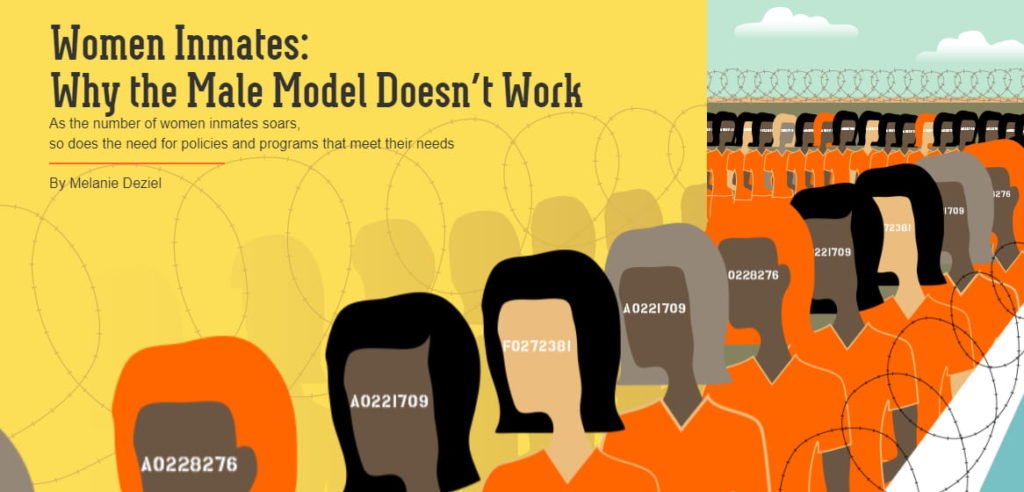Not sure what is branded content, check out The Lego Movie. It is a perfect example of branded content.
The movie grossed $468.1 million globally and it promoted Lego to people of all ages globally. It was followed by three more series and the most recent one was released in 2019:

Content comes in several forms and branded content is one among them that a lot of businesses use. It works better than conventional advertising and other forms of content for several reasons. But what is branded content and how and when to use it? Is it really the best content type available for your brand?
Let’s figure it out.
What is Branded Content?
Branded content is defined as content that is created or funded by an advertiser with an intention to improve brand awareness. The content might refer to the brand’s products or values to engage with the audience.
The two key characteristics of branded content are:
- It is either funded or created by an advertiser on the behalf of a brand or brand itself
- The brand, its products, or values are explicitly visible or viewable.
Here is an example:

The article was sponsored by the Netflix drama Orange is the New Black. It is a long-form article that provides a lot of useful information visually to the readers. At the same time, the story connects readers with the drama by building an emotional connection.
At the top of the article, it explicitly mentions Paid Post and mentions Netflix:
And it talks about Season 2 towards the end of the story:
The content is appealing, informative, and it talks about the brand too. That’s what branded content is all about.
Branded Content Vs. Advertising
Now that you know what is branded content, and you might be confusing it with traditional advertising (or digital advertising), but branded content is different.
Advertising focuses on products and services and doesn’t contain any content. Think of a banner ad, it only consists of a couple of lines and powerful CTA – there isn’t any content that people can engage with.
Branded content, on the other hand, is pure content and it doesn’t mention any product or service. You can, of course, talk about your products in the content but in a natural way and the purpose of the content isn’t to sell.
Also, branded content isn’t intrusive as opposed to advertisements that are mostly intrusive. Your target audience engages with the content voluntarily. Ads aren’t seen voluntarily by people rather they’re forced to see ads (e.g. popups, banner ads, TV commercials, etc.)
Branded Content Vs. General Content
A business creates, publishes, and distributes a lot of content in several formats. Content refers to all types of content owned by a business. Branded content is its subset.
For example, a company might have promotional content, guest posts, evergreen content, guides, case studies, infographics, branded content, and other types of content under its belt.
Branded content differs from other content types in that it is funded and is aimed at improving brand awareness specifically. Other content that a business creates isn’t funded and it could have any purpose (e.g. lead generation, link acquisition, etc.).
Why Branded Content?
So, what makes branded content special, and why businesses invest in it?
Several benefits of branded content make it the best content type for businesses of all sizes. Here are the key benefits and reasons why companies should invest in branded content:
More Engaging Than Display Ads
It is estimated that readers engage with the branded content more than they engage with a banner or display ads. Readers spend an average of 44.8 seconds engaging with branded content in 2019 that increased to 46 seconds in 2020, according to Pressboard branded content benchmark report:

The average time people spend engaging with a banner ad is mere 1.6 seconds. This makes branded content more engaging than display ads.
However, it isn’t just more engaging but it has high scroll depth (47.8%) and 20.4% of readers read the complete story. The average conversion rate of branded content is 3.3% that’s way higher than the average conversion rate of display ads (0.93%).
Branded content works best as compared to display ads in terms of engagement and conversion.
Consumers Love Branded Content
Yes, consumers love branded content and enjoy reading it.
A study found that 62% of consumers are likely to react positively to branded content compared to those who watched a 30-second video ad. As much as 67% of people reported that branded content was enjoyable and relevant.
This is primarily because branded content isn’t just plain ad promoting your products rather it is informative content. Readers engage emotionally with content as opposed to an ad.
Improves Brand Recall
Brand recall is an important phenomenon that ensures your ideal customers remember your brand at the time of purchase. If your ideal customers don’t remember your brand when they’re in the buying mode, they won’t buy from you.
Branded content plays a significant role in brand recall. Research shows that 86% of people who engage with branded content are more likely to remember your brand (brand recall).
This increases purchase intent since your ideal customers remember your brand at the right time when they’re making a buying decision. Some 17% of people who have seen branded content say that they’re more likely to buy from the brand.
What’s better than people buying your products after reading your content?
Improves Brand Lift
Branded content, according to Nielsen, improves brand lift but it depends on the publisher. When branded content is distributed via credible, high-authority, and premium publishers, it improves brand lift by 50%.
The publisher matters more than anything else when it comes to branded content’s success. If you are using a mediocre publisher for the distribution of your branded content, you might not see a decent result.
Final Words
The success of branded content depends on the quality of the content and the publisher. If you want your branded content to emotionally engage readers and improve brand awareness in the true sense, make sure it is the best content out there.
Make it 10x better than the existing content on the subject.
Once you have created a marvelous piece of content, choose a premium publisher. It will cost you more to publish content on a high-authority premium website but it pays off. It isn’t only about what you are saying and how you are saying it – the channel that you use to say it is more important than the content.
Choose a publisher carefully if you want to make the most out of your branded content.
Featured Image: Unsplash






